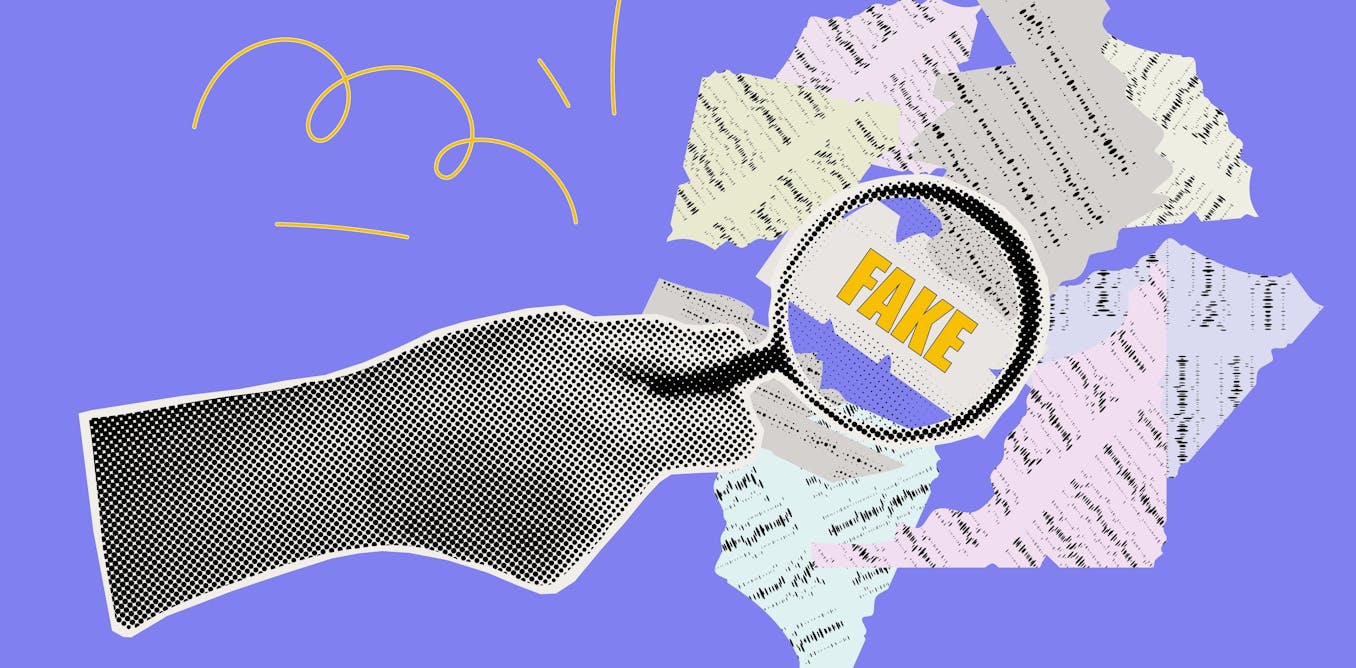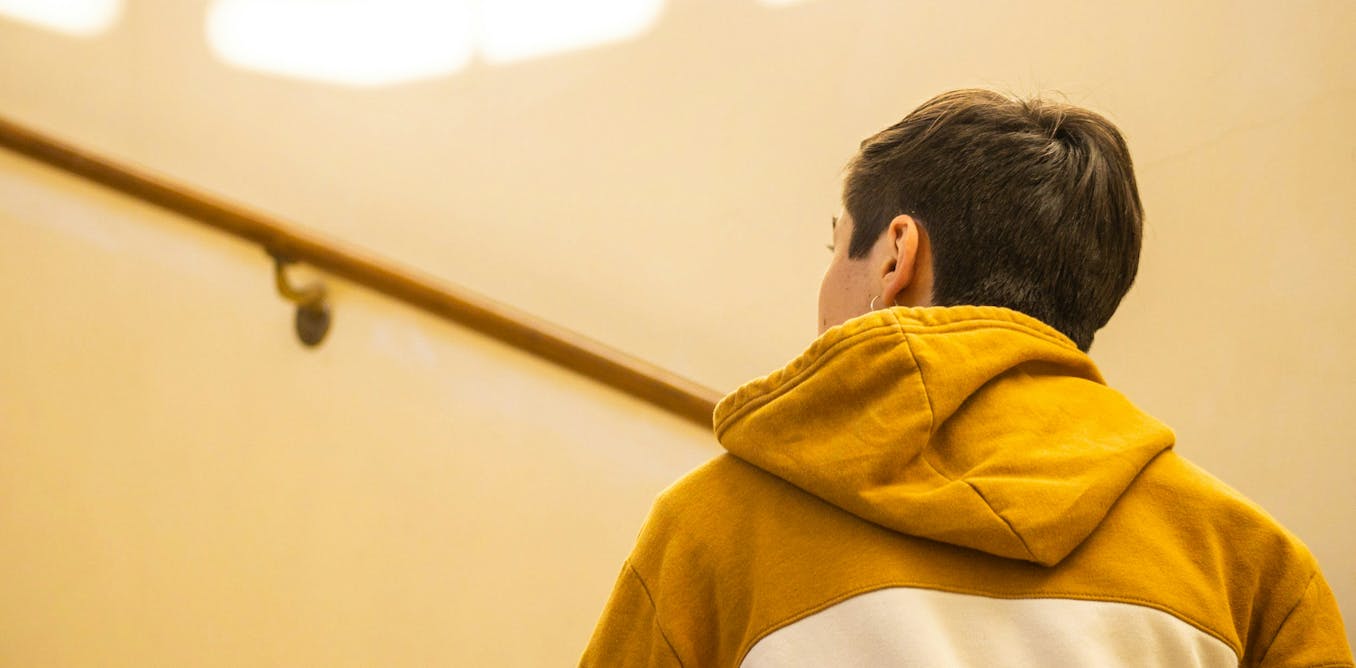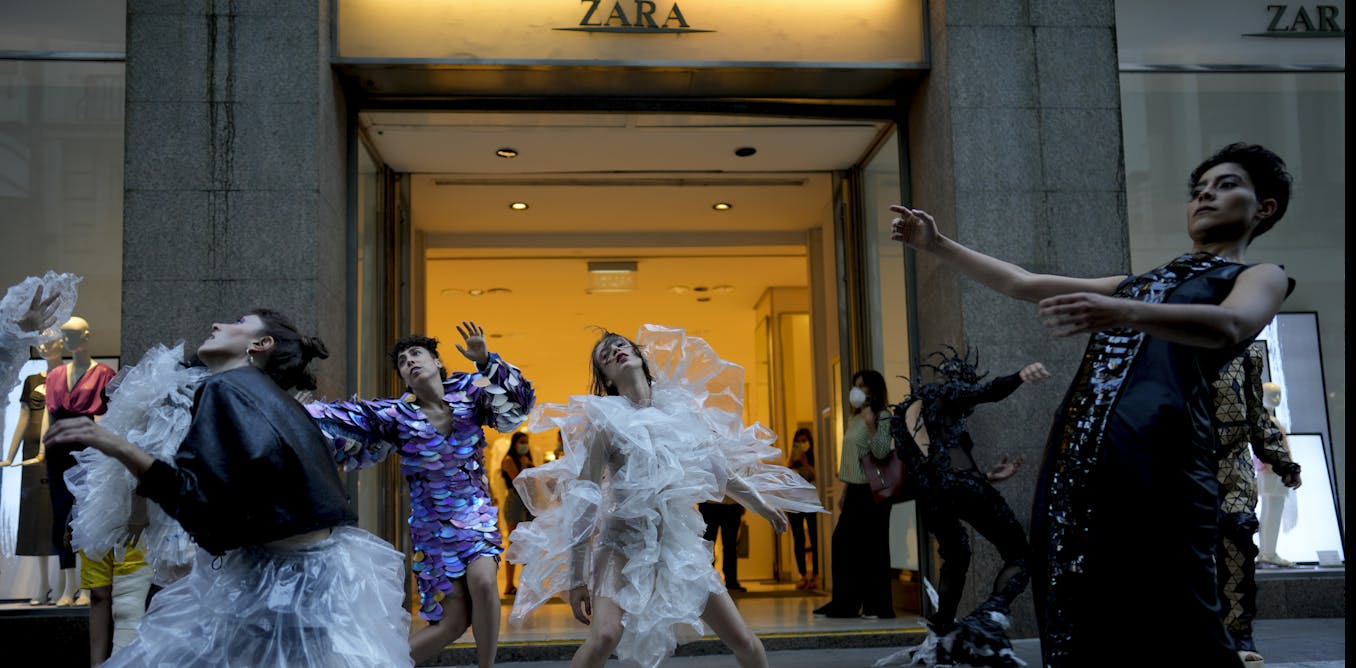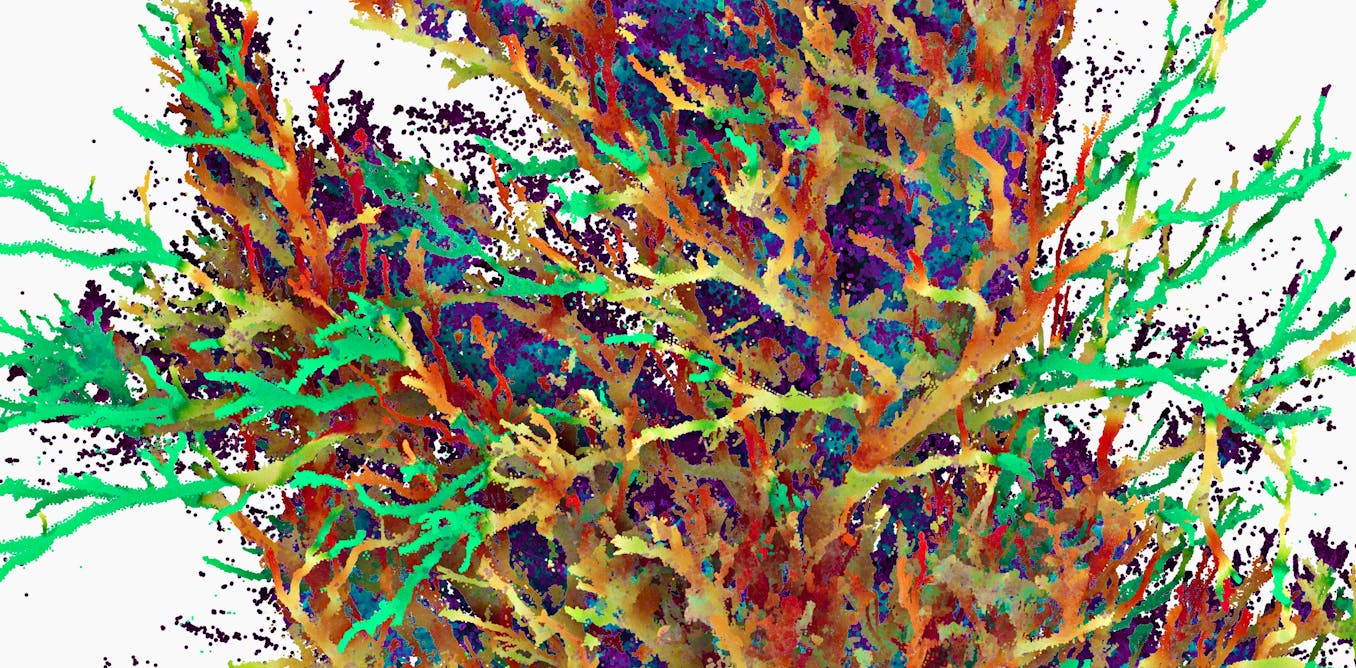The video titled “Scientists FINALLY Found Jesus Tomb That Was Sealed For Thousands Of Years” is a groundbreaking discovery that challenges centuries of historical narratives. For the first time in centuries, researchers have uncovered what is believed to be Jesus’s tomb inside the Church of the Holy Seler. This extraordinary revelation promises to ignite debates, inspire faiths, and potentially alter our understanding of history itself.
Jesus Christ, one of history’s most pivotal figures, was believed to have been buried in a nearby tomb belonging to Joseph of Arthea. The tomb, a cave carved into a rock with a large stone rolled across the entrance, held the secrets that could rewrite the chapters of our past. The discovery of the final resting place of Jesus is a significant find that sheds new light on the life and death of one of Christianity’s most revered figures.
Over the years, various sites, such as the Garden Tomb and the Talpiot family tomb, have been proposed as possible burial sites of Jesus. The Garden Tomb, located just outside the city walls of Jerusalem, has been accepted by some Protestant groups as the true site of Jesus’s burial and resurrection. On the other hand, the Talpiot family tomb, discovered in 1980, has sparked controversy and debate among archaeologists and scholars.
The Shroud of Turin, a long linen cloth bearing the faint image of a man who appears to have suffered a violent death by crucifixion, remains one of the most fascinating and controversial relics in the history of Christianity. Despite intense research and debate over its origin and authenticity, the mystery of the Shroud of Turin continues to captivate the imagination of millions.
The video presents a comprehensive look at the various theories and discoveries surrounding the burial site of Jesus, offering viewers a glimpse into the rich tapestry of historical and religious significance that surrounds this enigmatic figure. Subscribe to Topdiscovery for more captivating and mind-blowing discoveries that will leave you saying, “Wow, I didn’t know that!” Join us on this wild ride of discovery and explore the fascinating world around us.
Watch the video by Top Discovery
For the first time in centuries researchers have Uncovered what’s believed to be Jesus’s tomb inside the Church of the Holy seler in a groundbreaking discovery that challenged centuries of historical narratives scientists have Unearthed what is believed to be the final resting place of one of history’s most pivotal figures
Jesus Christ many people have talked about these Missing Years and have tried to speculate about what Jesus might have done during that time sealed away from the eyes of the world for Millennia this ancient tomb secrets that could rewrite the chapters of our past it was great it
Was very exciting me entering into the tomb as we peel back the layers of time the findings within promis to ignite debates Inspire faiths and potentially alter our understanding of History itself join us as we Step Into the Heart of this extraordinary Revelation unveiling evidence that has remained hidden for over 2,000 years
Billions of Christians believe Jesus was crucified outside the walls of Jerusalem at a place called golgatha or Calvary meaning the place of the skull he was then buried in a nearby tomb that belonged to Joseph of arthea a wealthy disciple who had asked pilate for permission to take the body of Jesus the
Tomb was a cave carved into a rock with a large Stone rolled across the entrance on the third day after his death some women came to the tomb to anoint the body of Jesus but they found the stone rolled away and the tomb empty they were
Told by an Angel that Jesus had risen from the dead in the first three centuries after the death of Jesus Christians faced persecution and oppression from the Roman authorities who considered them a threat to the Imperial cult and the social order as such they could not openly worship or
Venerate the places associated with the life and death of Jesus however they Preserve the memory and tradition of these places through oral and written sources as well as through secret symbols and signs some of these sources include the gospels The Acts of the Apostles the writings of the early
Church fathers and the apocryphal texts in the early 4th Century however the situation changed dramatically when Constantine the Great the first Roman Emperor to convert to Christianity he issued the edict of Milan in 313 ad which granted religious fre freedom and tolerance to all faiths in the Empire
Constantine also embarked on a mission to promote and support the Christian Faith by building churches basilicas and monuments on the sites that were considered Holy by the Christians one of these sites was the place of the crucifixion and burial of Jesus in Jerusalem Constantine sent his mother
Helena to Jerusalem in 326 ad to oversee the construction of a church on this site Helena was a devout Christian who had a keen interest interest in finding and preserving the relics and places related to the life of Jesus she was accompanied by a team of Engineers Architects and clergy who were
Instructed to locate and identify the exact spot where Jesus was crucified and buried the first challenge they faced was that the site had been covered by a pagan temple built by the emperor hadrien in the 2 Century ad as part of his efforts to erase the Jewish and Christian presence and identity in
Jerusalem had had also renamed the city Alia capitolina and built a Temple dedicated to Jupiter on the Temple mount the site of the Jewish temple that was destroyed by the Romans in 70 AD the Pagan Temple that covered the site of golgatha and the Tomb of Jesus was
Dedicated to Venus the goddess of love and beauty the representatives of Constantine decided to demolish the Pagan Temple and dig up the ground beneath it hoping to find the original Rock of golgatha and the Tomb of Jesus they were Guided by the local christian community who had preserved the
Tradition and knowledge of the site as well as by the historical and biblical sources that described the location and appearance of the place they also used some scientific methods such as measuring the distance from the city walls and the height of the hill to verify their findings after several
Months of excavation they were Overjoyed to discover the rock of golgatha which had a distinctive shape and marks of the nails and blood of Jesus they also found the Tomb of Jesus which was a small chamber cut into the Rock with a stone bench and a niche for the body the tomb
Was empty except for some fragments of the burial cloth and some spices that were used to anoint the body of Jesus they also found a cross and a sign that read Jesus of Nazareth King of the Jews which were believed to be the ones that were placed above the head of Jesus on
The cross the discovery of these relics and the confirmation of the sight filled the representative of Constantine and the local Christians with awe and joy they considered it a miracle and a sign of God’s favor and power they immediately built an altar and a shrine on the site and celebrated the first
Mass and the first Easter there they also sent a letter to Constantine informing him of their findings and asking him to build a magnificent Church on the site to honor and commemorate the death and resurrection of Jesus Constantine agreed to their request and ordered the construction of a large and
Splendid Church which was completed and dedicated in 335 ad the church was designed to Encompass both the site of golgatha and the Tomb of Jesus as well as other places that were associated with the passion and resurrection of Jesus such as the place where he was scourged the place where he
Met his mother and the place where he appeared to Mary Magdalene the church was divided into several sections each with its own Altar and decoration the main section was the Rotunda which was a circular building with a dome that surrounded the Tomb of Jesus the tomb itself was enclosed by a
Small structure called the edicule which had a door and a window through which the pilgrims could see and touch the tomb the other section was the Basilica which was a rectangular building with a Nave and aisles that covered the site of golgatha the rock of golgatha was
Exposed and elevated and a silver cross was placed on it the church also had a courtyard a baptistery and a monastery the Church of the Holy Seiler would become the most important and revered Church in Christendom and attract thousands of pilgrims from all over the world who came to worship and venerate
The holy places and Relics the church also became the center of the lurgical and Theological development of the Christian faith as it witnessed the first ecumenical councils the formulation of the Creeds and the celebration of the feasts and rights the church also became the source of many Legends Miracles and traditions such as
The discovery of the True Cross by Helena the annual Descent of the Holy Fire on Easter and the custody of the keys by the Muslim family of nbe the Church of the Holy Seiler has survived many trials and tribulations throughout its history such as the destruction by the Persians in 614 ad
The Reconstruction by the byzantines in the 7th century the demolition by the Fatimid khif al-hakim in 1009 ad the restoration by the Crusaders in the 12th century the division and conflict among the various Christian denominations in the later centuries and the fire and earthquake damage in the 19th and 20th
Centuries the church has also undergone many changes and modifications both in its structure and in its appearance as different parts were added removed or renovated by different rulers and communities the church as we see it today is mainly the result of the 19th century restoration which was supervised by the
Greek architect Nicos chomos the Church of the Holy Seiler remains a place of diversity as it is shared and administered by six Christian denominations the Greek Orthodox the Roman Catholic The Armenian Apostolic the Coptic Orthodox the Syriac Orthodox and the Ethiopian Orthodox the church is also a place of dialogue and coexistence
As it is located in the heart of the old city of Jerusalem which is home to the three abrahamic religions Judaism Christianity and Islam the church is a living witness to the history and Faith of the Christian people and a symbol of their hope and love however some Protestants have challenged this claim
And proposed an alternative site known as the garden tomb as a more plausible and biblical location of Jesus’s burial and Resurrection the garden tomb is a rock cut tomb located just outside the northern wall of the old city of Jerusalem near the Damascus gate it is adjacent to a rocky null that resembles
A skull which some have identified as golgatha the tomb was discovered in 1867 by a team of British Engineers who were surveying the area they noticed that the tomb had a rolling stone Groove a feature that was consistent with the biblical description of the Tomb of Jesus the tomb was further explored and
Popularized by General Charles Gordon a British army officer and devout Christian who visited Jerusalem in 1883 he was convinced that the skull-shaped hill was the true golgatha and that the nearby tomb was the Tomb of Jesus he also noticed that the tomb was in a garden which matched the biblical account of John
1941 he wrote a book about his findings and promoted the garden tomb as a pilgrimage site for Protestants who wanted to experience the historical reality of Jesus’s death and Resurrection the the garden tomb has several features that make it a possible candidate for the Tomb of Jesus first it
Is located outside the city walls as the Bible indicates second it is near a place that could be identified as golgatha based on its appearance and name third it is in a garden which was a common place for burial among wealthy Jews in the first
Century ad fourth it is a new tomb which means that it was not used by anyone else before Jesus fifth it has a rolling stone Groove which suggests that it was sealed by a large stone that could be rolled away sixth it has a low entrance and a large inner chamber which could
Accommodate the body of Jesus and the visitors who came to see him after his resurrection the garden tomb has been accepted by some Protestant groups especially evangelicals and anglicans as the true sight of Jesus’s burial and Resurrection they argue that the garden tomb is more consistent with the biblical and historical evidence than
The Church of the Holy Seiler which they regard as a corrupted and paganized site they also claim that the garden tomb is more conducive to spiritual reflection and worship as it is a peaceful and natural setting that preserves the original atmosphere of the first Easter morning however the garden tomb is not
Without its problems and challenges first there is no archaeological or historical evidence that links the garden tomb to Jesus or his followers the tomb could have belonged to any wealthy Jewish Family in the first century ad and there is no inscription or artifact that identifies it as the
Tomb of Jesus second there is no consensus among Scholars that the skull-shaped hill is the actual golgatha as there are other possible locations for the place of the skull in Jerusalem third there is no proof that the tomb was in a garden in the time of Jesus as
The garden could have been planted later by the owners or caretakers of the Tomb fourth there is no no agreement among experts that the tomb is a new Tomb as it could have been reused or Modified by later generations fifth there is no certainty that the tomb had a rolling
Stone as the groove could have been made for other purposes or by other means sixth there is no guarantee that the tomb has the same dimensions and layout as it did in the first century ad as it could have been altered or damaged by natural or human causes yet another site
Touted as the burial sight of Jesus is the talpiot family tomb it is a rock cut tomb that was discovered in 1980 in the East tpot neighborhood 5 km south of the old city in East Jerusalem it has been suggested by some Scholars and filmmakers that this tomb was the burial
Place of Jesus of Nazareth and his family based on the names inscribed on the aaries found inside the tomb the tomb was accidentally uncovered by construction workers who were laying the foundations for for an apartment complex the site was visited by Amos cloner the area supervisor for the Israel
Department of Antiquities or Ida who drew up some preliminary sketches and requested a permit for a salvage dig the permit was issued on March 31st 1980 but the work had already begun the day before the excavation was directed by Yosef got and lasted until April 11th with most of the work completed within
The first 2 days the tomb was found to be from the second temple that is the herodian period which lasted from about 515 BCE to 70 CE this was the time when Jesus lived and died according to the New Testament the tomb was typical of the area as about 900 similar tombs have
Been Unearthed in the same region the tomb was flooded with a reddish soil called renzen which preserved the aaries and the bones inside them the tomb contained 10 aaries six of which were inscribed with Epic graphs including one that was interpreted as Yeshua bar yosf or Jesus Son of Joseph though the
Inscription is partially illegible and its translation and interpretation are widely disputed the other inscribed aaries bore the names of Maria or Mary yose or Joseph or Jose Yehuda bar Yeshua or Judah son of Jesus maram Amara or Mary known as the master or Mary the teacher and MAA or Matthew the names of
Mary and Joseph were very common in that period but the combination of these names with Jesus and Judah was considered to be statistically significant by some researchers who argued that the probability of finding another family with the same names was very low the most controversial uary was
The one labeled maram Amara which some Scholars identified as belonging to Mary Magdalene the follower of Jesus who was present at his crucifixion and Resurrection according to the New Testament the basis for this identification was the use of the Greek name maram men which was found in some ancient texts to
Refer to Mary Magdalene and the title Mara which meant master or teacher and implied a high status and Authority some researchers also claimed that the DNA analysis of the bones from the uar of Jesus and maraman showed that they were not related suggesting that they were
Married and had a son named Judah the tpia tomb was first discussed in the media in 1996 but it gained worldwide attention in 2007 when a documentary film called The Lost Tomb of Jesus was produced by director James Cameron and journalist simcha jacobovici the film presented the case
That the talpiot tomb was the Tomb of Jesus and his family and that Jesus had not risen from the dead as the New Testament describes the film was released in conjunction with a book by jaob bovich and Charles pelino titled the Jesus family tomb the film and the book relied on the
Statistical analysis DNA testing the linguistic and historical evidence and the artistic and symbolic interpretations of the uar and the carvings found on them the film and the book sparked a heated debate among archaeologists theologians linguistic and biblical Scholars and the general public many critics rejected the claims
Of the film and the book arguing that the evidence was weak flawed or fabricated and that the conclusions were sensational speculative or heretical some of the main objections were the names on the aaries were not unique or rare but very common in that period and region there
Were many families with the same or similar names and the statistical analysis was based on faulty assumptions and methods the inscription of Jesus Son of Joseph was not clear or certain and could have been read differently or belong to another person with the same name there were many people named Jesus
At that time and the name Joseph was also very popular the identification of maraman Amara as Mary Magdalene was not supported by any solid evidence but by a selective and biased use of ancient texts and traditions the name Mar man was not exclusive to Mary Magdalene and
The title Mara could have had other meanings or interpretations the DNA testing was not conclusive or reliable as it only showed that the Bones from the aaries of Jesus and Mary were not from the same mother but not that they were married or had a son the DNA
Samples could have been contaminated or mixed and the results could have been affected by other factors the artistic and symbolic representations of the aaries and the carvings were not consistent or convincing and could have been influenced by later Christian imagery or imagination the aaries and the carvings were not unique or distinctive but
Similar to other examples from that period and culture the talpiot tomb is now sealed and covered by a concrete slab and the uar are stored in the Israel Antiquities Authority Warehouse the site is not open to the public but it has been visited by some researchers and journalists who have obtained
Special permission the site is surrounded by apartment buildings and a busy road and it does not look like a sacred or historical place however the site still attracts curiosity and controversy as some people believe that it holds the secrets of the life and death of Jesus and his family While
Others dismiss it as a hoax or a mistake even more interesting is the phenomenon known as the Shroud of Turin the Shroud of Turin is one of the most fascinating and controversial relics in the history of Christianity it is a long linen cloth that bears the faint image of a man who
Appears to have suffered a violent death by crucifiction many people claim that it is the actual burial cloth of Jesus Christ while Skeptics argue that it is a medieval forgery or a natural phenomenon The Mystery of the Shroud has captivated the imagination of millions of people for centuries and has inspired countless
Investigations debates and artistic representations the Shroud is currently preserved in the chapel of the Holy shroud a magnificent Baroque structure that is connected to the toine cathedral and the Royal Palace in Trine Italy the chapel was designed by the architect guino guini in the 17th century and was
In intended to be a worthy resting place for the sacred Relic the chapel has a circular plan with a dome that is decorated with golden stars and Rays of light the walls are adorned with marble statues of angels and Saints and the altar is surrounded by a silver
Ballustrade the Shroud itself is kept in a bulletproof glass case behind a red velvet curtain and is only exposed to the public on rare occasions the Shroud measures 4.4 M by 1.1 m and is made of fine linen with a herring bone weave the cloth is stained with
Blood and water and has been damaged by fire water and folding over the years the most striking feature of the Shroud is the double image of a man one on the front and one on the back as if the cloth had been wrapped around a body the
Image is very faint and can be seen more clearly in a photographic negative the man is naked bearded and long-haired and has a Serene expression on his face he has wounds on his head wrists feet and side consistent with the biblical account of The Passion of Christ he also
Has marks of scourging bruising and swelling on his body indicating severe torture before death the origin and authenticity of the Shroud have been the subject of intense debate and research for centuries the earliest historical record of the Shroud dates back to 1354 when it was exhibited in a church
In leray France by a knight named jafa de the local Bishop denounced it as a fake and claimed that the artist who painted it had confessed however the Shroud was defended by The anti-pe Clement iith who allowed its veneration as a representation of the true shroud the
Shroud was then acquired by the house of seavoy in 1453 and was moved to various locations in France and Italy until it reached its final destination in Terin in 1578 the scientific study of the shroud began in the late 19th century when it was photographed For the First Time by
Sakono Pia who discovered the negative image since then many experts from different fields have examined the Shroud using various methods and techniques such as microscopy spectroscopy thermography X-ray and DNA analysis the results have been contradictory and inconclusive and have not settled the question of the shroud’s origin or authenticity some Studies have
Supported the hypothesis that the image was formed by a natural or Supernatural process such as radiation oxidation or a burst of energy other Studies have suggested that the image was produced by an artistic or fraudulent technique such as painting rubbing or photography the most controversial and influential study
Of the Shroud was the radiocarbon dating performed in 1988 by three independent Laboratories which dated the cloth to the 13th or 14th century implying that it was a medieval forgery however this result has been challenged by many critics who have proposed various alternative explanations such as contamination miscalibration or sampling
Error some have even suggested that the Shroud was repaired or rewoven in the Middle Ages and that the samples tested were not from the original cloth the debate over the radiocarbon dating has not been resolved and has led to calls for new and more rigorous tests The
Mystery of the shroud of tyin remains unsolved and may never be solved the Shroud is a unique and enigmatic object that defies easy explanation or categorization it is a relic a symbol a mystery and a challenge it is a source of faith hope and love for many and a
Subject of Doubt curiosity and controversy for others it is a witness of the past a presence in the present and a promise for the future it is the Shroud of Turin and and it invites us to wonder and to Marvel
Video “Scientists FINALLY Found Jesus Tomb That Was Sealed For Thousands Of Years” was uploaded on 03/05/2024 to Youtube Channel Top Discovery




































